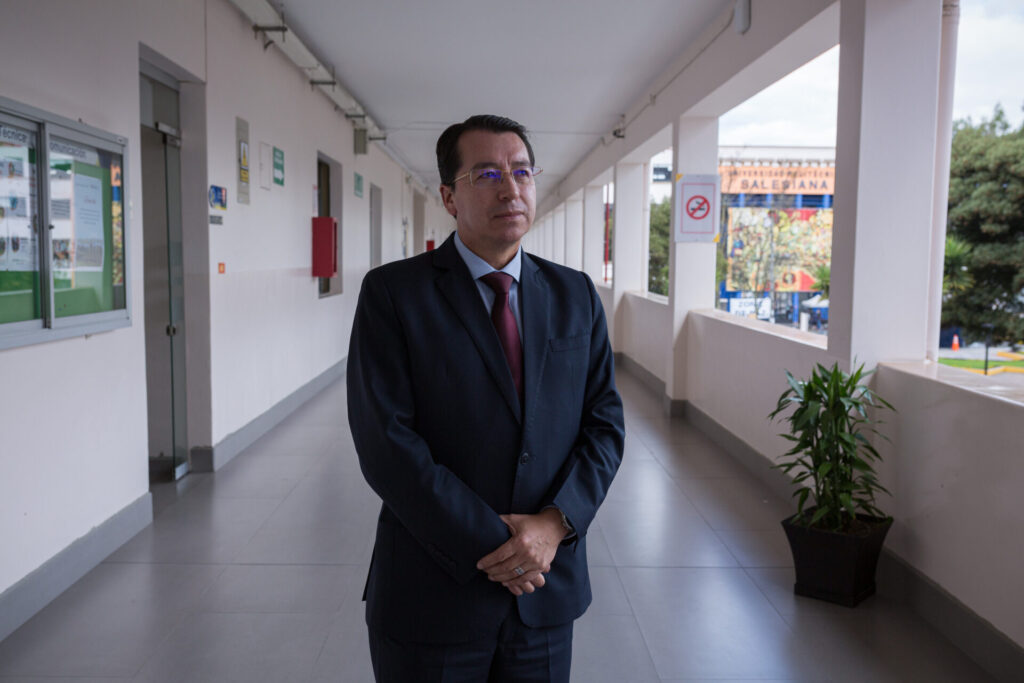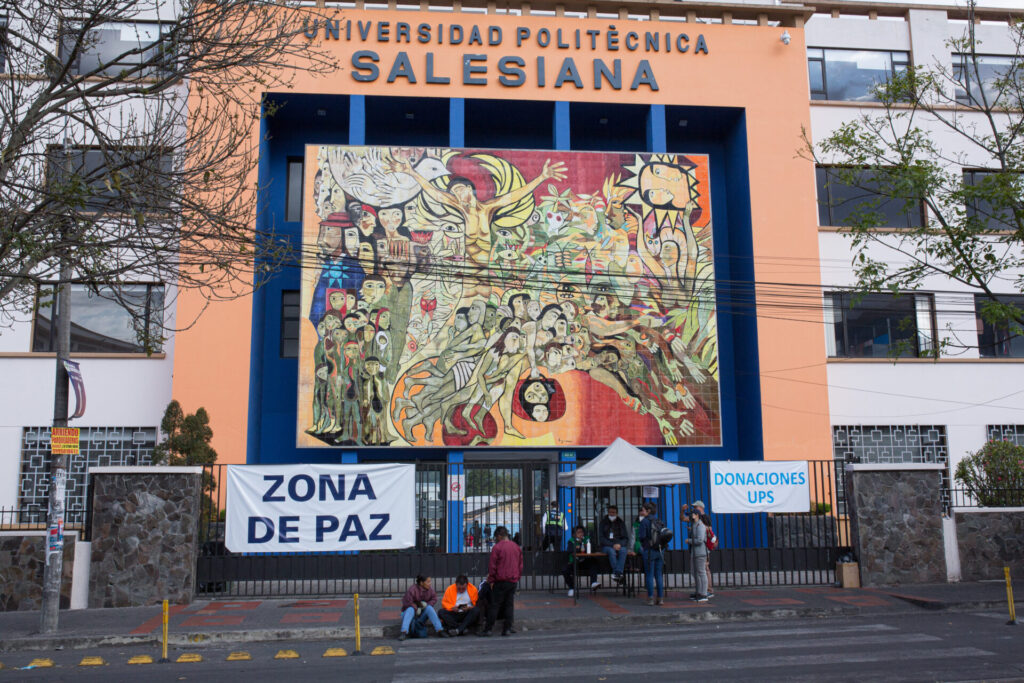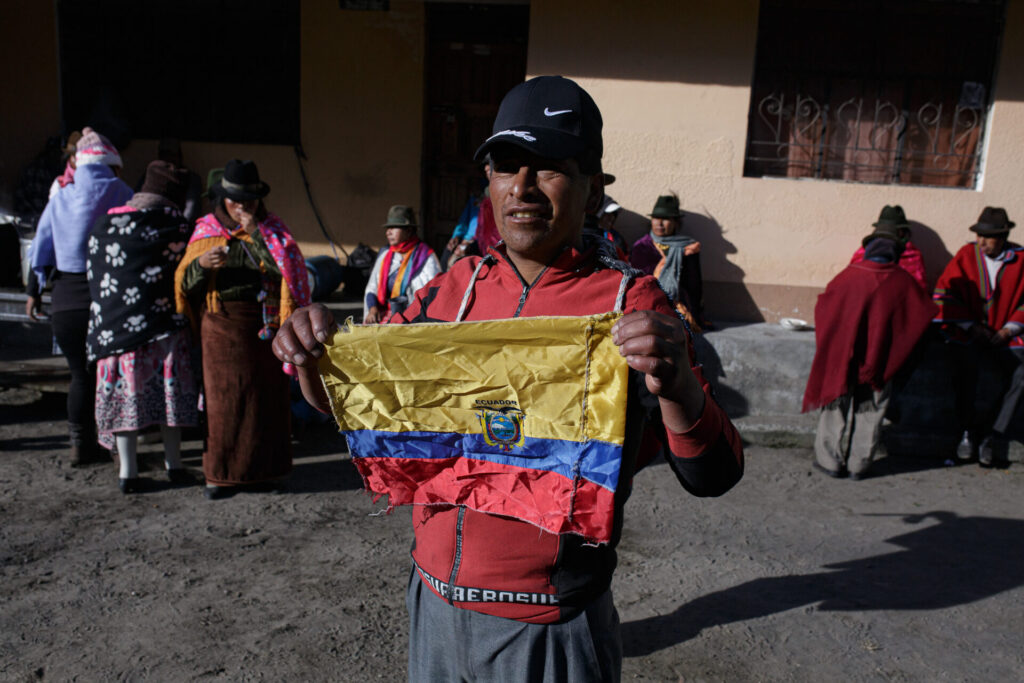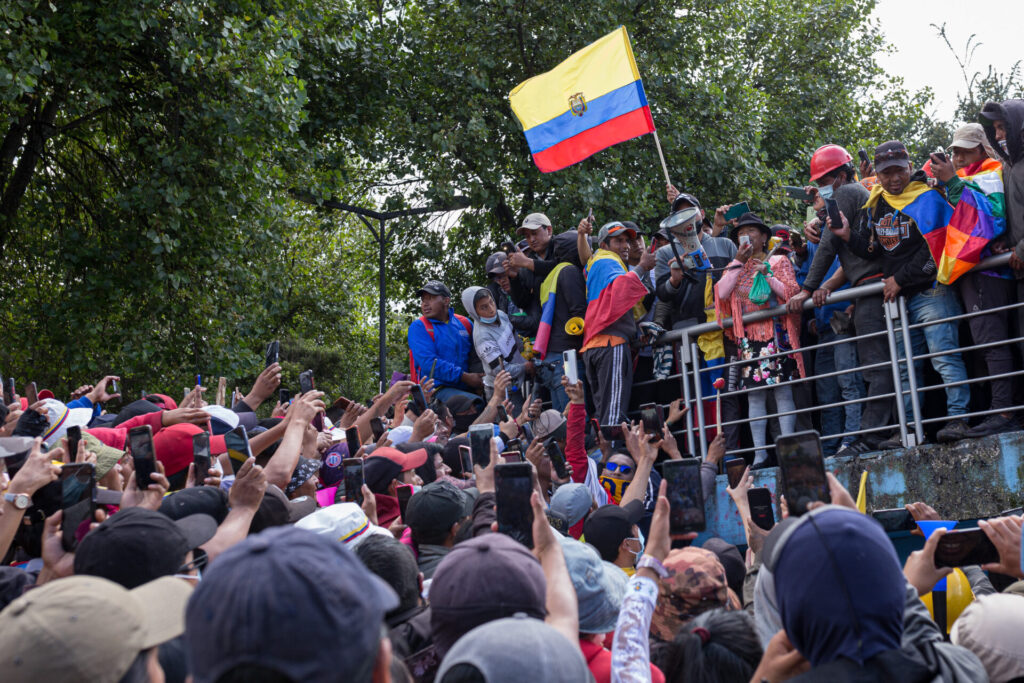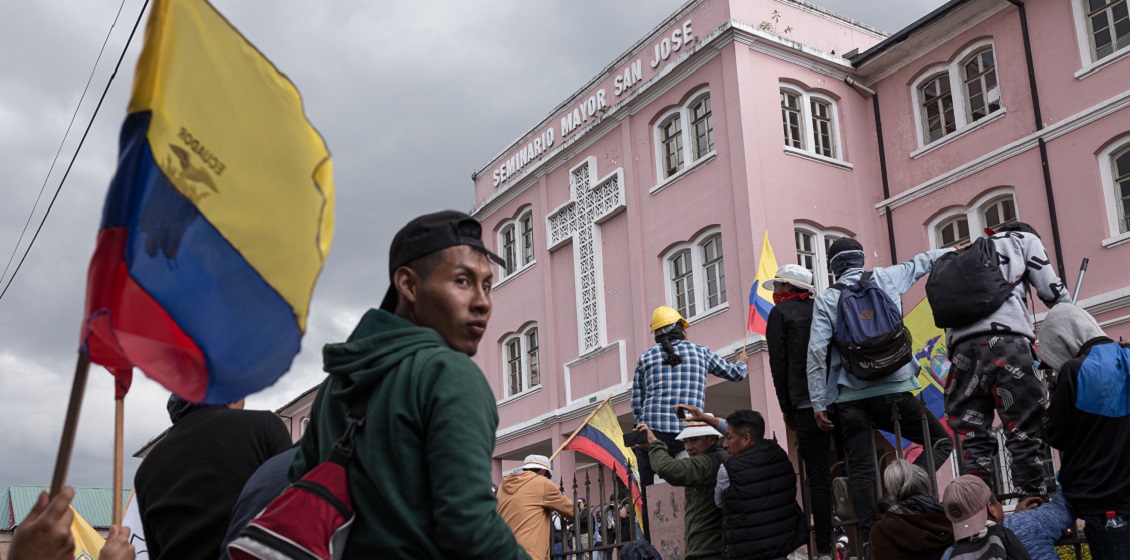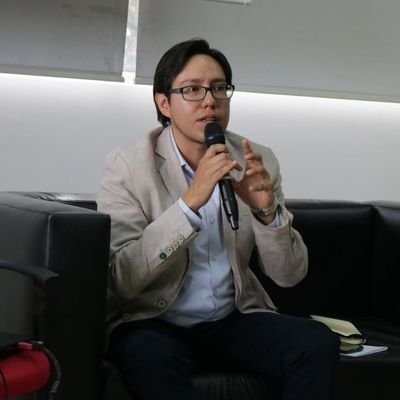Back in June 2022, an 18-day national strike in Ecuador led by the indigenous movement Confederation of Indigenous Nationalities from Ecuador (CONAIE), practically paralyzed the country.
The protesters demanded better conditions for the many poor in Ecuador, including the indigenous population. The country’s president, Guillermo Lasso, had cut state subsidies on petrol at a time when prices were, and still are, rising worldwide. This plunged many Ecuadorians into poverty, as the price of a gallon in Ecuador rose by 90 percent and the price of regular petrol by 46 percent over the course of a year.
Nearly one-third (32 percent) of Ecuador’s inhabitants live in poverty, with less than 2.8 dollars a day, according to the National Statistics Office. 15 percent of the population lives in extreme poverty on just $1.8 a day.
CONAIE wanted to cancel the price increase on petrol and wanted control over food prices. They also demanded the renegotiation of personal bank loans for nearly four million poor families, as well as lower prices for fertilizers, which increased dramatically since Russia invaded Ukraine. To do so, they called for a nationwide strike and as a result, many roads all over the country were blocked, schools closed, and so on.
When indigenous peoples demonstrate it often happens in a particular way which reflects their values and living conditions. Many live with their families far from Quito in communities in the countryside. They also have a much more collective mindset than that of city-people. So, in June last year, many brought their whole families, including their children, to demonstrate in Quito. This meant that many minors were present during the demonstrations and that there was quite a big logistical issue during the strike – where were they going to sleep, eat and wash themselves, all those thousands of people?
That’s when the universities opened their doors. In June, the Polytechnical Salesiana University (UPS) declared its campus in Quito a so-called Peace Zone.
Juan Cárdenas Tapia, the rector at UPS, explains why his university made that decision: “What would happen if we didn’t do so? We would see children roaming the streets. People with no place to rest, to clean themselves. That would have generated more problems, chaos, disorder in the city, and more filth. I really value the work of students and teachers, this activism from social awareness, sensitivity, and solidarity. They are being empathetic with others, a more socially vulnerable part of the population,” says the rector.
In general, universities taking this kind of position during times of social unrest have religious roots. In the case of Salesiana, it stems from a long Catholic tradition. For the leader of the university, it is very important for the institution to fulfill this role in society: “We try to be faithful to our mission, vision, and institutional values. We will always be on the side of the popular classes and marginalized sectors. We decided to open the doors of the university during the strike, as well as during the last long strike in October 2019. So that the social crisis does not worsen, the university opens its space as a place of human welcome – lodging, health, food, security for indigenous people and peasants,” says Cárdenas Tapia.
So, the Peace Zones of the universities have this very practical and logistical function. However, there is also a dimension of helping avoid serious human rights violations, which took place during this year’s demonstrations and in earlier ones.
According to the Alliance for Human Rights Ecuador, 6 deaths, 77 human rights violations, 115 arrests, and 335 persons injured were recorded during the protests in June 2022. Also, the UN Committee on the Rights of the Child expressed deep concern about the use of violence – tear gas and pellets – by Ecuadorian security forces against demonstrators, including minors, during the protests this year.
“As an academy, we cannot remain indifferent; we have a social responsibility that goes beyond the students enrolled, our campuses and classrooms. We can contribute to protecting the integrity of the people and help ensure that the right to demonstrate is respected. Because it is very comfortable, if not, to speak from privilege,” says the rector.
During the 18 days of the strike, there were also counter-demonstrations organized with several incidents of racism expressed publicly against the country’s indigenous population, the indigenous organization CONAIE, and its president Leonidas Iza.
Even the country’s president asked the indigenous demonstrators to return from where they came from:
“To our indigenous and peasant brothers and sisters, who have been brought to Quito under false pretenses. For their safety, and that of their families, we ask them to return to their communities,” said Guillermo Lasso in an official TV-transmission on the 24th of June 2022.
And this development towards a still more divided society worries the university rector: “During this strike, we saw greater expressions of racism, especially through social media. Discrimination and feelings of superiority are challenges for academia – how to continue working on educational processes to reduce such racist expressions for the whole educational system and society in general. Because Ecuador is a multicultural country, and we must understand ourselves as such. How to be able to coexist with different people as a richness, complementarity and not as a problem,” Juan Cárdenas Tapia reflects.
Francisco Montahuano is a political scientist and university professor at Universidad Hemisferios in Quito. He thinks the universities are filling up a necessary vacuum in Ecuador’s relatively young democracy: “It is appropriate that the role of the academy is active and participatory – not only theoretically, but also in action! The unfinished process of Ecuadorian nation-building is an important topic. Universities all over the country are aware of the problem we have, as a state, of not accommodating the needs of our indigenous citizens. We cannot talk about effective interculturality in Ecuador. The Ecuadorian state cannot respond to health, education, or housing for the indigenous peoples. In this inequality between government and citizens – in this case, the indigenous population – it is appropriate that the university is a mediator and a space of refuge,” states Montahuano.
A few months before the COVID-19 pandemic reached Ecuador, another important strike took place in October 2019, also with strong indigenous participation alongside people from other sectors of society. Planned increases of petrol prices were also a part of the demonstrations, which lasted 13 days, and during which at least ten people lost their lives, according to human rights organizations. During that strike, even more universities opened their doors to demonstrators in Quito.
The role of academies in Ecuador is not unique to the region. In countries like Brazil, Argentina, and Chile, universities have also become centers for the organization of social struggles where protesters can gather.
“Universities in Latin America have had a key role in historical processes as allies with society during dictatorships. They have been important and transcendental in those moments where some collective rights are at stake,” states Francisco Montahuano.
When the strike ended on 30th of June last year, the rectors from two universities – Salesiana and the National University in Quito – were present at the table of dialogue together with representatives of the indigenous movement and the state.
“It shows the faith that both parties have in the church and the universities,” says the rector at the Salesiana Polytechnical University.
Part of the agreement when ending the strike included the creation of ten dialogue tables. The negotiations ended by October 2022. There were some agreements made in areas like the economy, productivity, health and security.
On the other hand, central and complex topics such as employment, fuel subsidies, extractivism, and natural resources did not end with any deal between the two parties.
Lise Josefsen Hermann – a freelance journalist based in Latin America for more than a decade. She is a Pulitzer Grantee, works for the investigative media Danwatch and has published in media like Al Jazeera, BBC, Deutsche Welle, Danish Broadcasting Corporation, El Pais, New York Times, and Undark Magazine. Photo: Andrés Yépez, Quito, Ecuador
